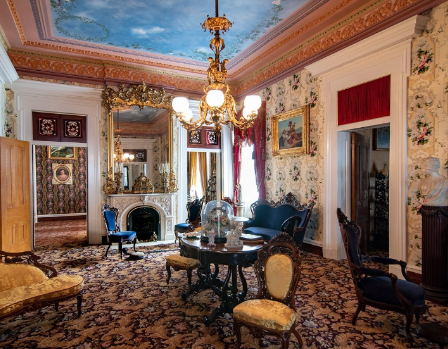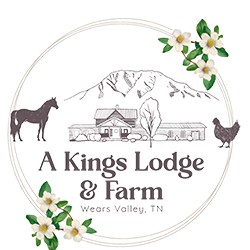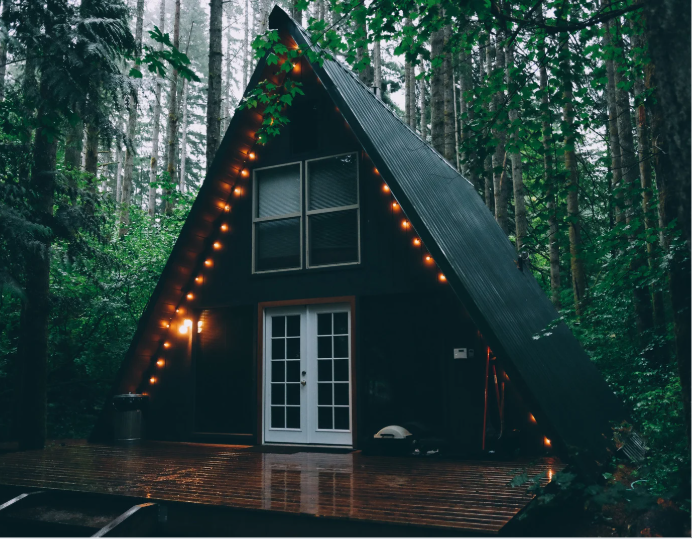

Belmont Mansion: Nashville’s Icon of Antebellum Grandeur:
Belmont Mansion, located in the heart of Nashville, Tennessee, stands as a testament to the grandeur of the antebellum South. Built between 1849 and 1853, with subsequent additions until 1860, this historic estate has witnessed a remarkable history. Once the residence of Adelicia Acklen, a prominent socialite, the mansion now sits at the center of Belmont University’s campus. It offers guided tours that allow visitors to reveal its rich past and stunning architecture. In this blog, we’ll take an in-depth look at the Belmont Mansion, its historical significance, and what you can expect when you visit.
The Construction and Design of Belmont Mansion:
Belmont Mansion was constructed as a 36-room, 20,000-square-foot villa designed in an Italian architectural style. The estate featured an impressive array of amenities, including an art gallery, a bowling alley with a billiards parlor, expansive circular gardens, fountains, a water tower, a greenhouse and conservatory, a bear house, an artificial lake, a zoo, a deer park, and an aviary. Located just two miles from downtown Nashville, Belmont operated its own refinery to provide gas for lighting.
The Splendor of the Grounds:
The Belmont estate’s grounds were as magnificent as the mansion itself. The gardens were adorned with original gazebos and marble statues, which still remain today. Visitors can also see the 105-foot water tower and evidence of the ornamental gardens. Belmont boasts the largest collection of 19th-century cast iron garden ornaments in the United States.
The Interior Grandeur:
The interior of Belmont Mansion is equally breathtaking. The mansion houses an impressive collection of marble statuary, oil paintings, gasoliers, marble mantels, and gilded mirrors original to the Acklen family. Victorian furnishings and decorative items, both original and collected, showcase the splendor in which Adelicia and her family lived. Much of the original Venetian glass still adorns the windows, doors, and transoms of Belmont.
The Architectural Marvels of Belmont Mansion:
Belmont Mansion’s architecture features many unique elements. Covered porches with cast iron balconies surround the house to protect windows from the sun. Atop the house, a ten-foot octagonal cupola provided ventilation during the summer months and served as an “astronomical observatory” for viewing the estate and downtown Nashville. The 58-foot-long Grand Salon, added in 1859-60 by Prussian-born architect Adolphus Heiman, is considered one of the most elaborate domestic interiors built in antebellum Tennessee. The room features a 22-foot-tall barrel-vaulted ceiling, ornate plaster cornice, Corinthian columns with cast iron capitals, and an impressive freestanding staircase.
Life at Belmont Mansion:
The family living quarters at Belmont consisted of ten bedrooms, two dining rooms, a library, an impressive front hall, and numerous family and entertaining parlors. The kitchen and other service areas were housed in the 8,500-square-foot basement. Despite a two-week occupation by Union General Thomas J. Wood before the Battle of Nashville, the house and its contents remained undamaged during the Civil War. Only the grounds, where 13,000 Union troops camped for two weeks in December 1864, suffered damage.
Belmont Mansion in the Modern Era:
Months before her death, Adelicia Acklen sold Belmont. In 1890, it opened as a women’s academy and junior college. The school merged with Ward’s Seminary in 1913 and was renamed Ward-Belmont. The Tennessee Baptist Convention purchased the school in 1951, creating a four-year, coeducational college. Today, Belmont Mansion is owned by Belmont University and is operated and preserved by the Belmont Mansion Association.
Visiting Belmont Mansion:
Belmont Mansion is open for guided tours, allowing visitors to find approximately half of the house. Restoration efforts continue to preserve this historic landmark. When you visit, you can admire the original architectural elements, the extensive collection of art and furnishings, and the beautifully maintained gardens. Belmont Mansion not only offers a glimpse into the past but also serves as a cultural and educational resource for the community. A King’s lodge offers a range of upscale amenities and facilities for guests to relish during their stay. Each room is elegantly appointed with modern furnishings and thoughtful touches to ensure a comfortable and memorable stay.
Belmont Mansion: A Journey Through Antebellum Elegance and Historical Legacy at A King’s Lodge
Belmont Mansion stands as a remarkable relic of the past, offering insight into the opulent lifestyle of the antebellum South and the historical significance of the Acklen family. Its transformation from a private residence to an educational institution underscores its enduring legacy. If you are a history buff, an architecture enthusiast, or simply looking for a fascinating place to visit in Nashville, Belmont Mansion is a must-see. Visit the grandeur of Belmont Mansion and treat yourself to a piece of Tennessee’s rich history. A King’s Lodge is committed to sustainability and environmental responsibility, implementing eco-friendly practices wherever possible. With its prime location, luxurious accommodations, and attentive service, Get in touch an ideal destination for your next getaway.
FAQs about Belmont Mansion
- What is the history of Belmont Mansion?
A: Belmont Mansion, located in Nashville, Tennessee, was built between 1849 and 1853 by Adelicia Acklen. The estate, which features 36 rooms and spans 20,000 square feet, was designed in an Italian architectural style. It includes unique amenities such as an art gallery, bowling alley, expansive gardens, and a zoo. Over the years, it has transitioned from a private residence to a women’s academy, and now it is part of Belmont University.
- What can visitors see and do at Belmont Mansion?
A: Visitors to Belmont Mansion can relish guided tours of the house, which showcases Victorian furnishings, marble statuary, oil paintings, and original Venetian glass. The mansion also features the Grand Salon, with its impressive architectural design, and beautifully maintained gardens. Additionally, there are historical exhibits that provide insights into the life and times of the Acklen family and the mansion’s significance.
- Is Belmont Mansion accessible to people with disabilities?
A: Belmont Mansion strives to accommodate all visitors. While the mansion is a historic property with certain limitations, efforts are made to ensure accessibility. Visitors with disabilities are encouraged to contact the mansion in advance to discuss specific needs and arrange for assistance if necessary.
- Are there any special events or programs held at Belmont Mansion?
A: Yes, Belmont Mansion hosts various events and educational programs throughout the year. These include historical reenactments, lectures, and seasonal celebrations. The mansion also offers special tours focusing on specific aspects of its history and architecture. Check the official Belmont Mansion website or contact them directly for information on upcoming events and programs.
- How can I support the preservation of Belmont Mansion?
A: There are several ways to support Belmont Mansion. You can become a member of the Belmont Mansion Association, make a donation, or volunteer your time. Additionally, attending special events and spreading awareness about the mansion helps in its preservation efforts. For more information on how to contribute, visit the Belmont Mansion website or contact their office.





